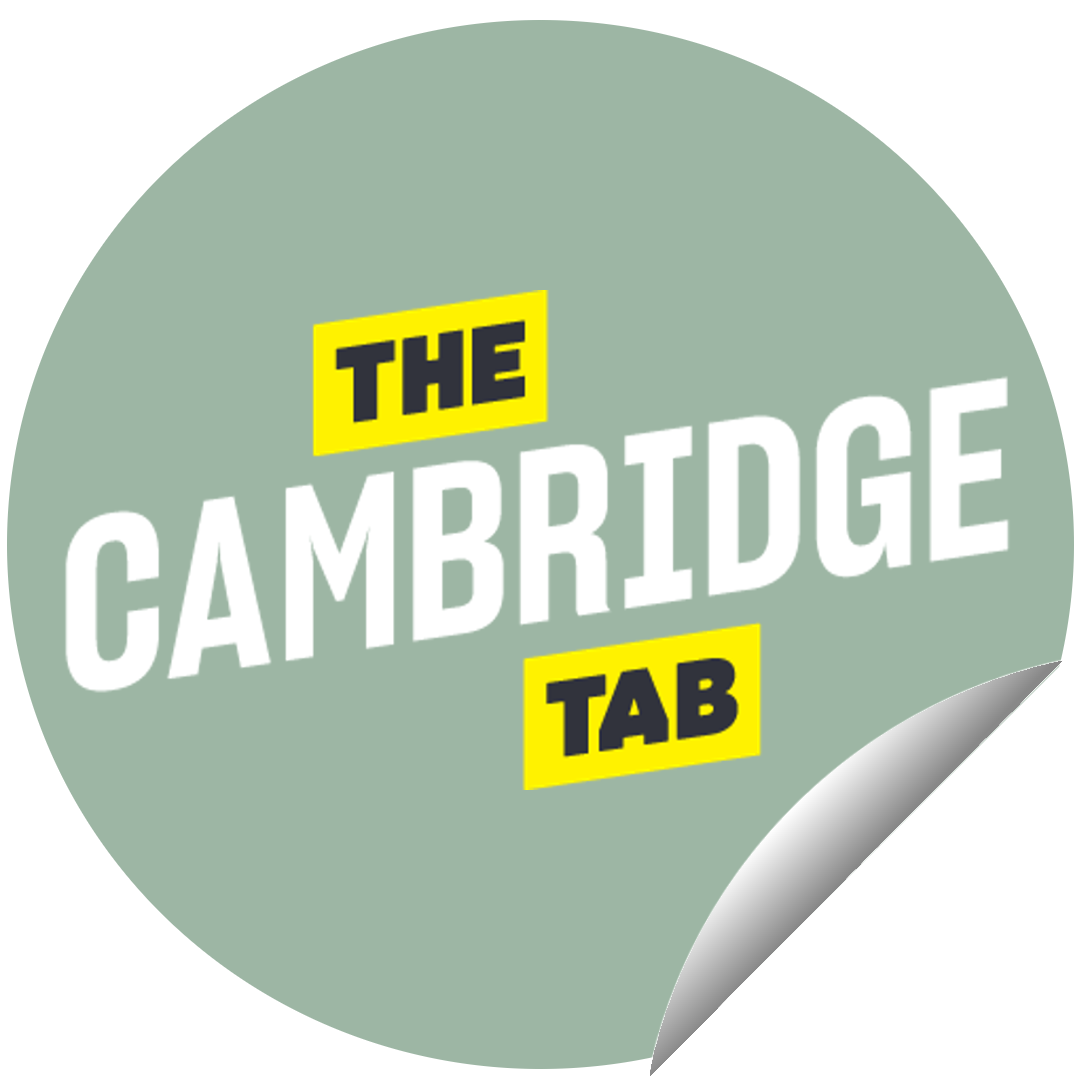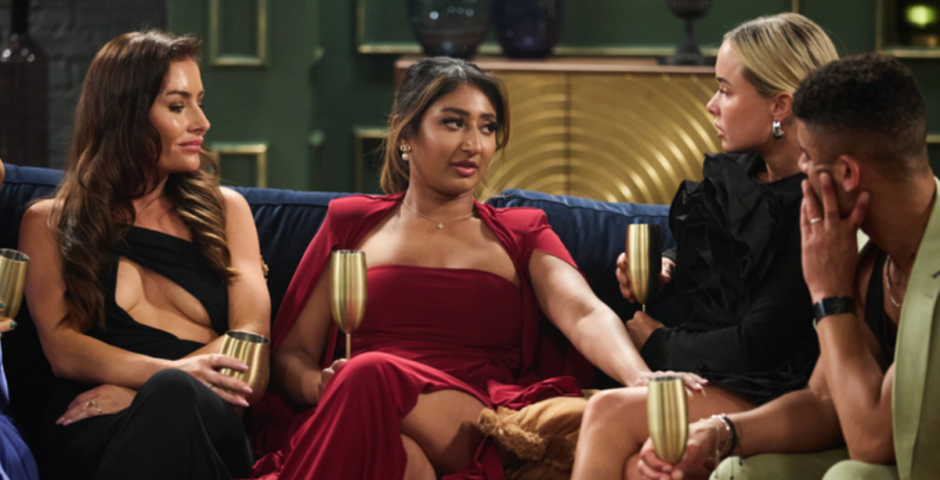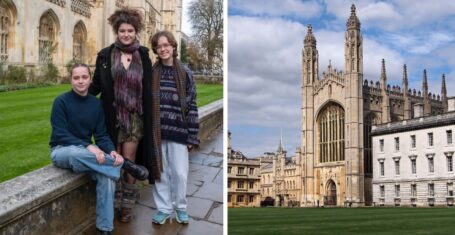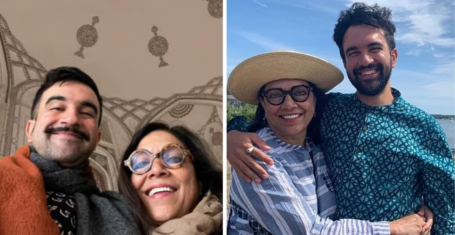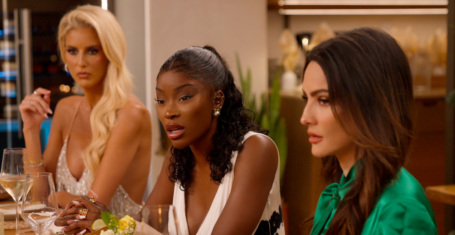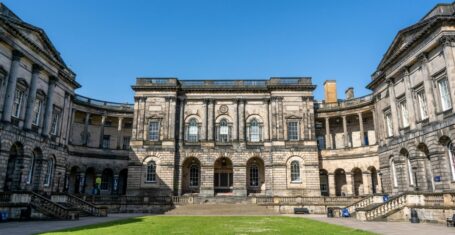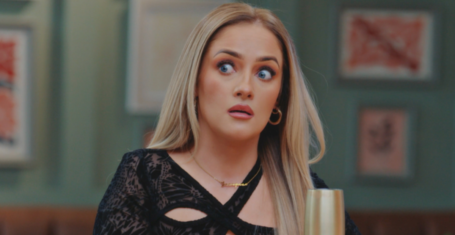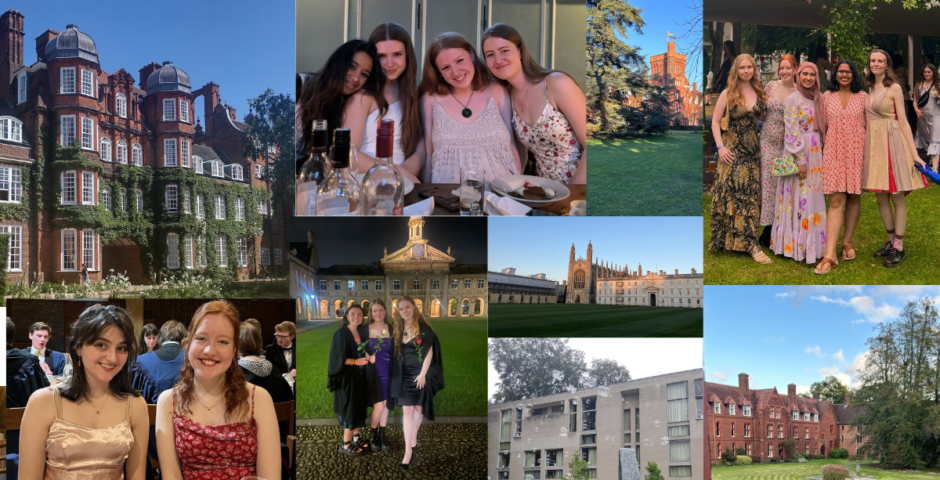
Women at the University of Cambridge: A brief history
Celebrating the history of women at Cambridge
2025 marks 156 years of women studying at Cambridge.
While women in 2023 made up just over half of the undergraduates admitted, it hasn’t always been this way. Many women have fought hard for their, and our, right to study at Cambridge.
As we celebrate International Women’s Day, what better time to reflect on the history of the women that have studied here since 1869.
The first women to study at Cambridge
In 1869 the first Cambridge college for women, Girton, was founded. This marked the end of the 660-year tradition of Cambridge as an all-male institution.
Girton was soon followed by another women’s college, Newnham, in 1871.

The library at Newnham College
In 1885 Girton and Newnham were joined by Hughes Hall, founded as the first Cambridge college to admit female postgraduate students, accommodating for the increase in qualified women.
Female students quickly found their feet at Cambridge, soon rivalling their male counterparts in academics.
Notably, in 1890, Philippa Fawcett of Newnham College scored highest in the Mathematics Tripos. As a woman, Philippa was not permitted to be named Senior Wrangler (the title traditionally given to the top-performing student in the Mathematics Tripos). Instead, she was declared to be “above the Senior Wrangler”, denied the accolade that she should have rightly received.
No degrees for women
Most Read
Despite studying for the same degree courses, attending the same lectures, and sitting the same exams as male students at Cambridge, the female students of Girton and Newnham were not admitted as full members of the university, nor permitted to graduate as equals of their male counterparts until 1948. Cambridge was also the last university in the country to grant degrees to its female students, with rival Oxford having done so 28 years earlier in 1920.
The issue of female admission to the university was voted on by the university council twice prior to 1948, and denied by the all-male university Senate in both 1897 and 1921.
In spite of the fact that women were not official members of the university and unable to graduate, in 1939 Dorothy Garrod was elected Disney Professor of Archaeology, the first woman to be appointed to a professional Chair at either Cambridge or Oxford.
Women did not allow the restrictions of the university regulations to prevent their education and achievements at Cambridge.
The end of the all-male colleges
Following the admission of women as full members of the university, 1954 saw the foundation of another women’s college, New Hall (now known as Murray Edwards College).
New Hall was joined by Lucy Cavendish in 1965, which admitted mature (age 21+) female students – a group that had previously been underrepresented at the university.
Opportunities for women at the university were expanding, and would continue to do so over the next couple of decades.
In 1964, Darwin College became the first co-ed Cambridge college, although it provided postgraduate study only.
It was finally in 1972 that Churchill, Clare and King’s Colleges became the first male Cambridge colleges to open their doors to female undergraduate students.

King’s College
These colleges were soon joined by others, with a steady stream of male colleges beginning to admit female students throughout the 1970s and 1980s.
Some of the women’s college also joined the trend, with Hughes Hall admitting its first male students in 1973, and Girton following suit in 1979.
It was also during this time that the first female vice-chancellor of Cambridge, Dame Rosemary Murray, was elected in 1975.
The final all-male college to open its doors to female students was Magdalene, which admitted its first female students in 1988. This move was not without its controversy among some at the college – the college flag was flown at half-mast and some male students donned black armbands in protest.
Women at Cambridge today
Cambridge today is a very different place to 156 years ago, for students and staff alike – of the 31 constituent colleges of the university, 14 are currently headed by women.
Cambridge also currently has a female vice-chancellor, Professor Deborah Prentice. Professor Prentice is the 347th Vice-Chancellor of the university, but only the third female to lead the institution in its 816-year history.
In Cambridge today only Newnham and Murray Edwards (New Hall) Colleges remain female-only, while all other colleges are co-ed. There is also near gender parity in undergraduate admissions – in the 2023 admissions cycle, 50.4 per cent of undergraduates admitted were female.
Since the first women came to study at Girton in 1869, women have made incredible progress at Cambridge, playing an integral role in shaping it into the institution it is today.
Here’s to another 156 years of women at Cambridge, and to all the women (and men) that have worked to make this university a more welcoming place for women today.
Featured image credits: Eleanor Wallace, Eleanor Russell

